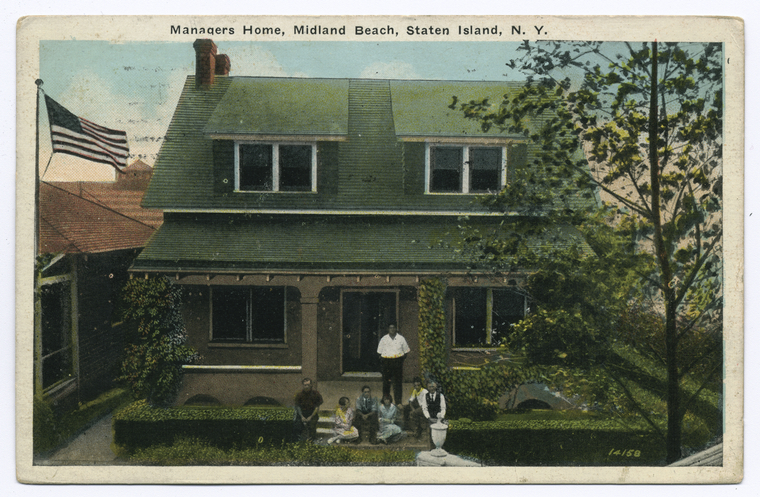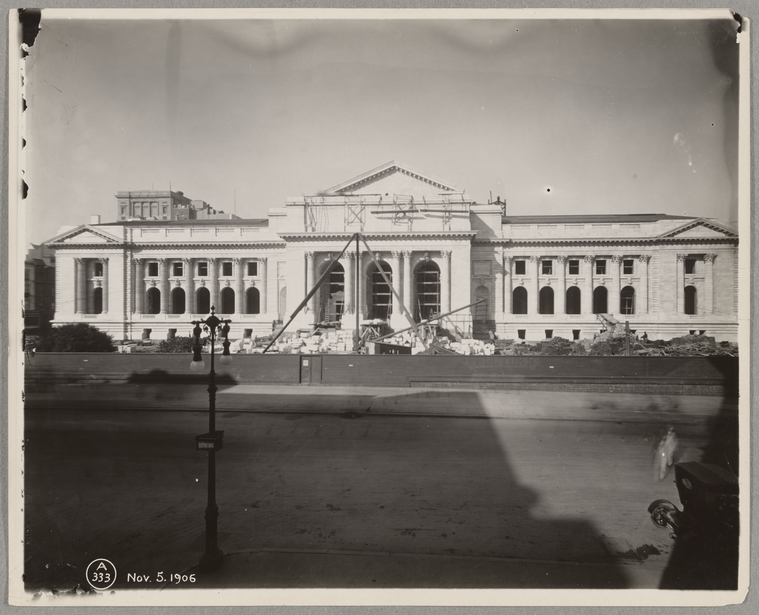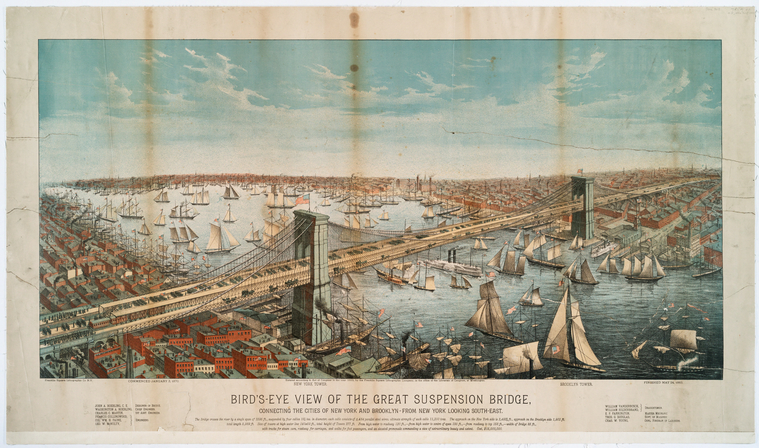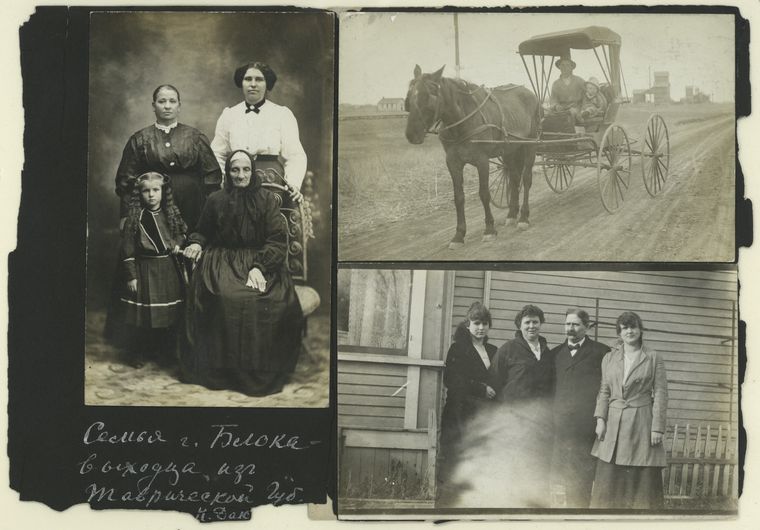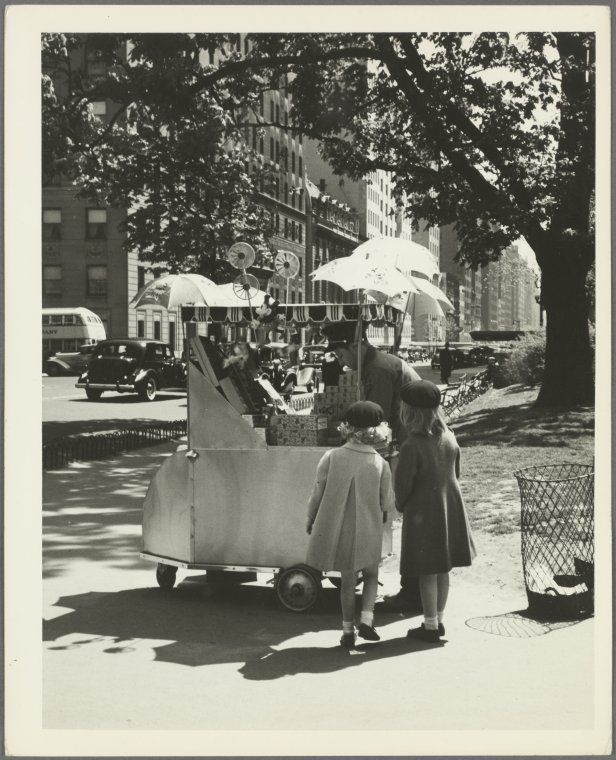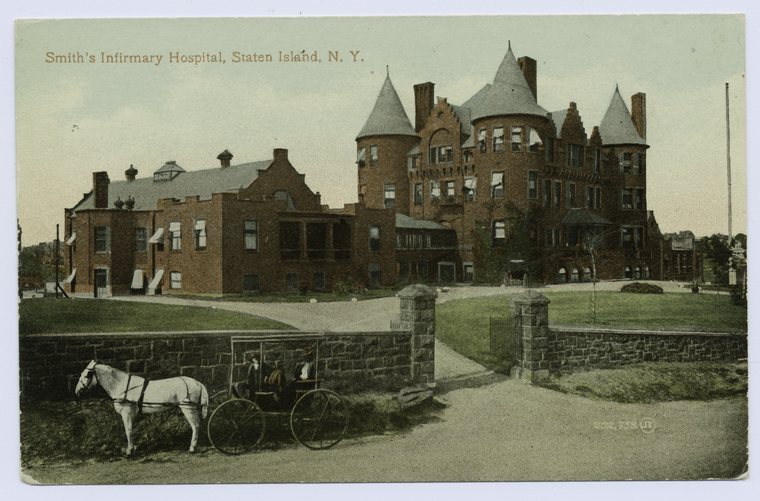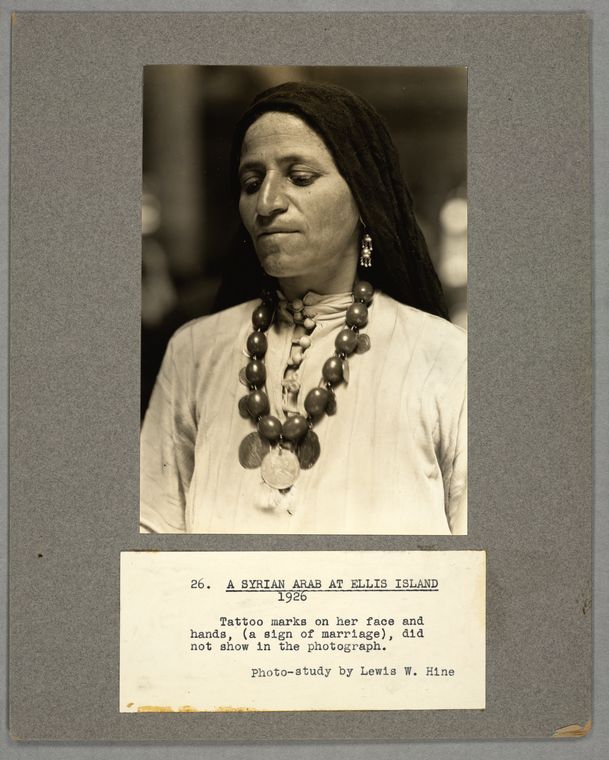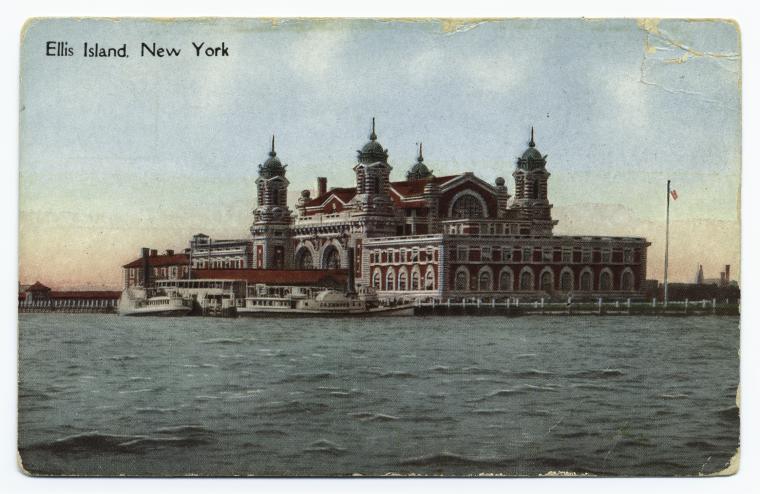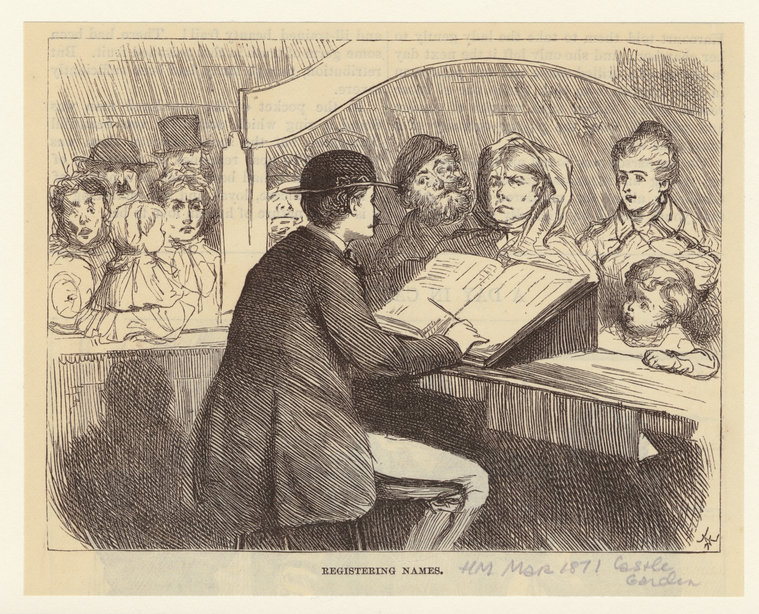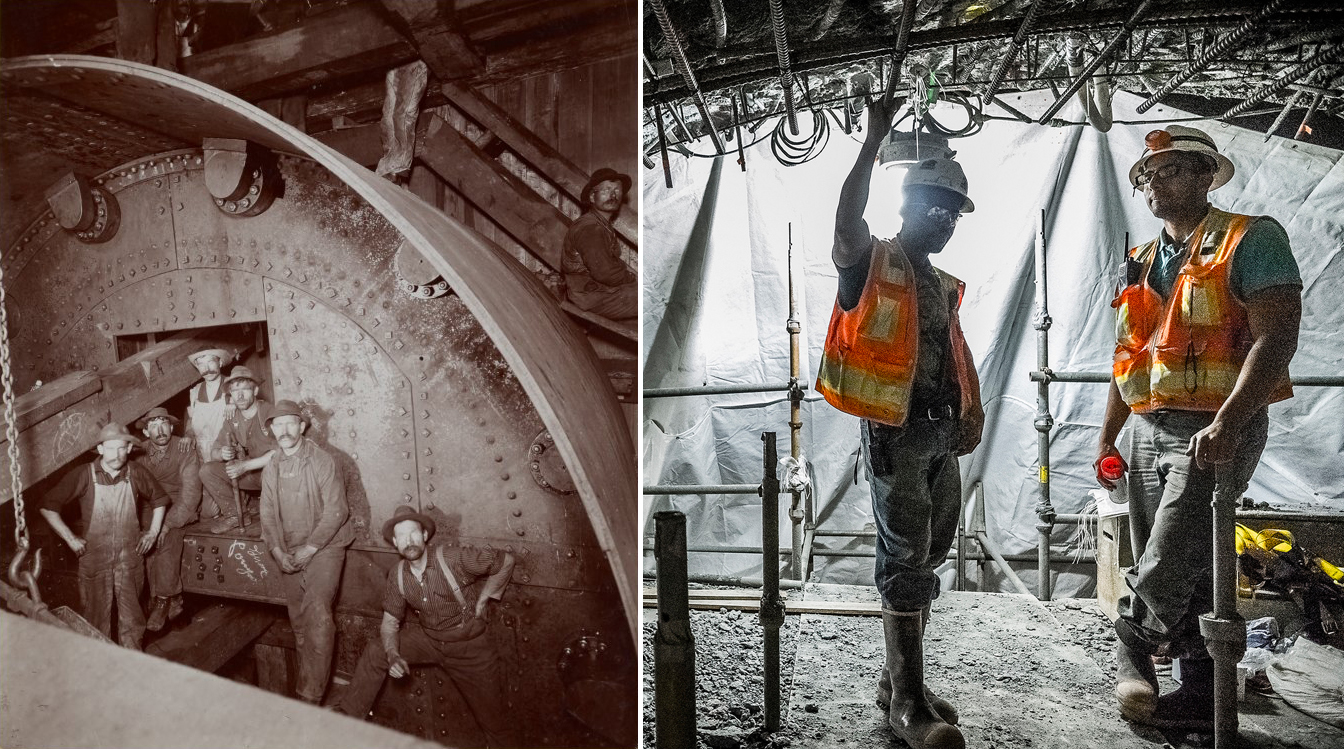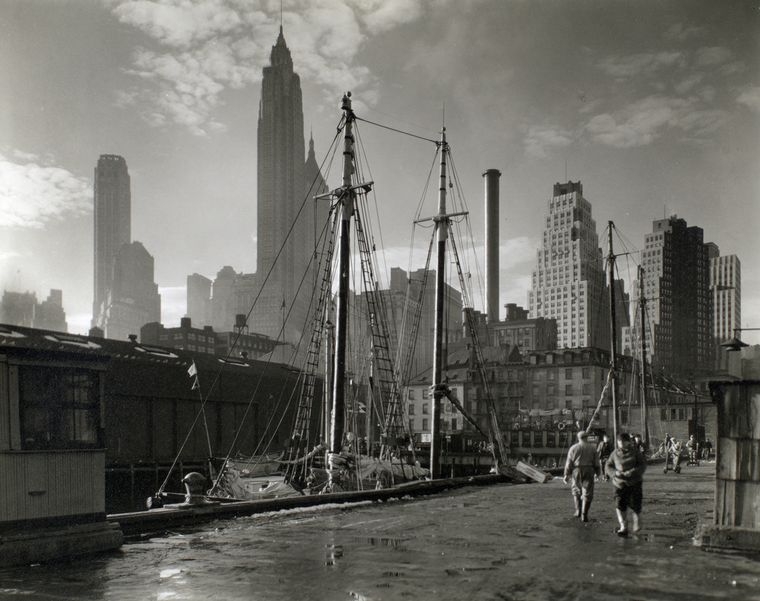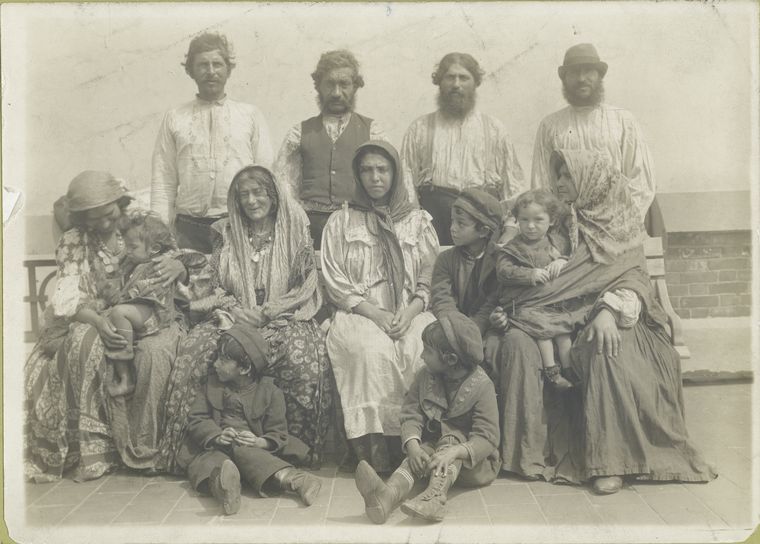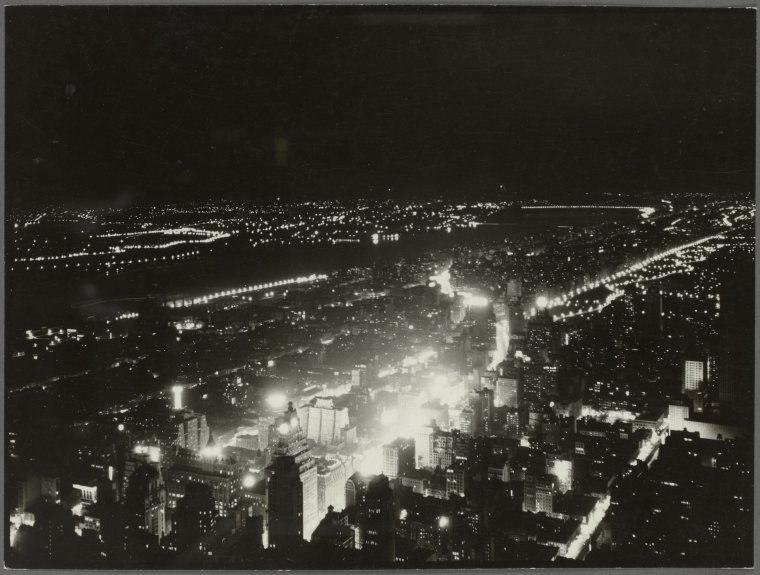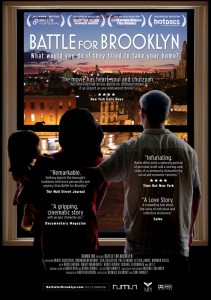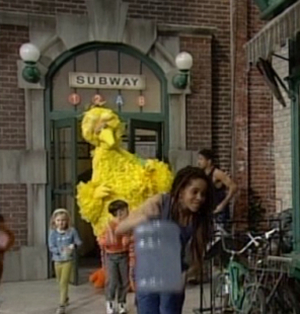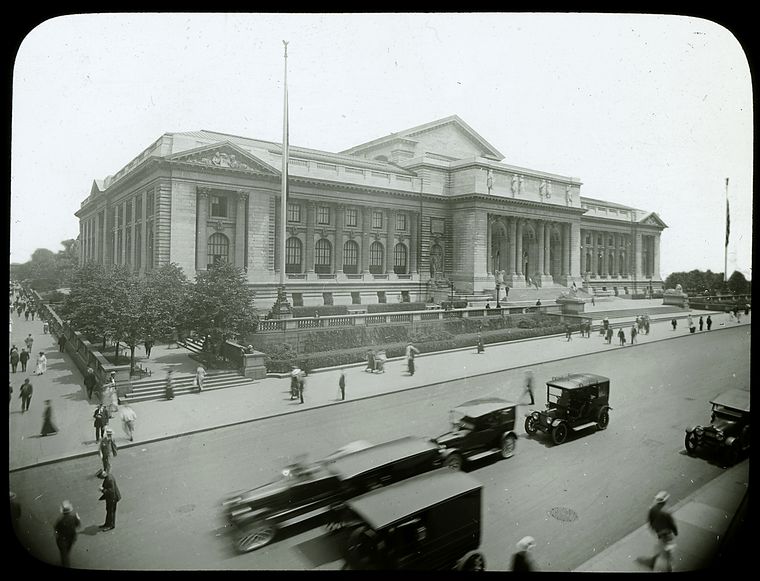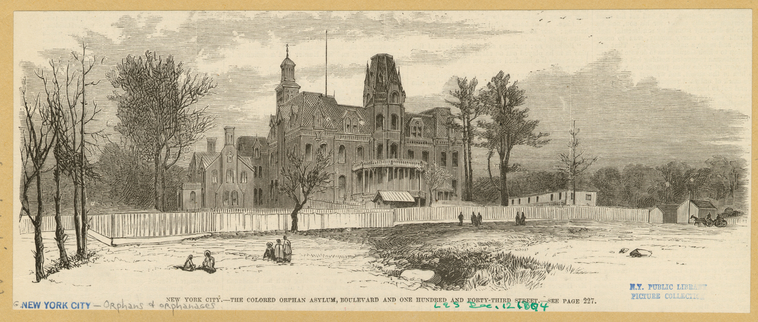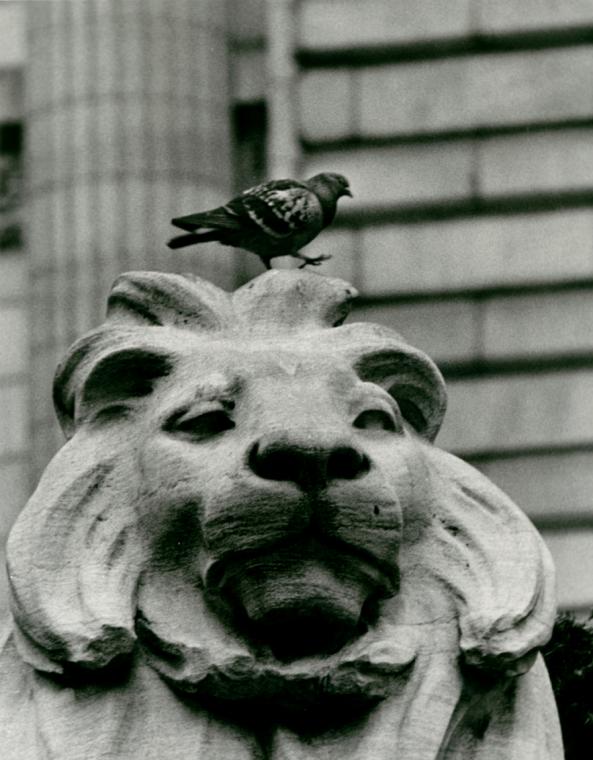At-Home Library Resources to Start (or Re-Start) Genealogical Research
by Carmen Nigro, Assistant Director, Map, Dorot Jewish, and Local History & Genealogy Divisions, Stephen A. Schwarzman Building
April 17, 2020
If you find yourself with time on your hands at home right now, it might be the perfect time to undertake a genealogy project.
U.S. History Resources For Remote Learning
by Carmen Nigro, Assistant Director, Map, Dorot Jewish, and Local History & Genealogy Divisions, Stephen A. Schwarzman Building
April 3, 2020
Primary documents, historical newspapers, court records, manuscript collections and much more.
Not For Sale: The Iconic Brooklyn Bridge Celebrates Over 130 Years
by Carmen Nigro, Assistant Director, Map, Dorot Jewish, and Local History & Genealogy Divisions, Stephen A. Schwarzman Building
May 24, 2019
For over 130 years, the Brooklyn Bridge has been an icon of the New York City landscape—longer if you account for the 13 years required to construct it. This beloved connection between boroughs is still in use while many of its contemporaries have been replaced or dismantled worldwide.
Tenement Homes: The Outsized Legacy of New York's Notoriously Cramped Apartments
by Carmen Nigro, Assistant Director, Map, Dorot Jewish, and Local History & Genealogy Divisions, Stephen A. Schwarzman Building
June 7, 2018
The influence of the New York City tenement is layered upon the city much like the apartments themselves are layered atop each other. Get a comprehensive look, including tenement history and research sources.
6 Surprises for Newcomers to Genealogy
by Carmen Nigro, Assistant Director, Map, Dorot Jewish, and Local History & Genealogy Divisions, Stephen A. Schwarzman Building
October 13, 2017
Once genealogy hobbyists get hooked, they often encounter a few surprises in their research.
Things to Do in New York City with Kids: Time Travel Edition
by Carmen Nigro, Assistant Director, Map, Dorot Jewish, and Local History & Genealogy Divisions, Stephen A. Schwarzman Building
June 8, 2016
A look at forgotten pastimes as well as classic activities that children can enjoy today with guidebooks for families, past and present.
Using Postcards for Local History Research
by Carmen Nigro, Assistant Director, Map, Dorot Jewish, and Local History & Genealogy Divisions, Stephen A. Schwarzman Building
December 4, 2015
Postcards are a fantastic visual resource for a place’s past that are often underutilized by scholars. They offer rich evidence of culture and architecture as a visual record of the past.
Remembering Manhattan's Little Syria
by Carmen Nigro, Assistant Director, Map, Dorot Jewish, and Local History & Genealogy Divisions, Stephen A. Schwarzman Building
November 19, 2015
Centered on Washington Street and Rector Street on the west side of Lower Manhattan, was once a neighborhood known as Little Syria. Located near the now-gone Washington Market and just south of the current location of the World Trade Center, it was a vibrant neighborhood characterized by store signs in Arabic, men and women in cultural clothing including veils and fezzes, and food such as Baklava in the cafes.
Occupying Ellis Island: Protests In the Years Between Immigration Station and National Park
by Carmen Nigro, Assistant Director, Map, Dorot Jewish, and Local History & Genealogy Divisions, Stephen A. Schwarzman Building
July 13, 2015
Ellis Island is powerfully symbolic in American culture. For many it marks the beginning of their American identity. For Native Americans and African Americans, it became a powerful place to stage a protest in the 1970s.
Names Have Meaning: A Research Guide for Baby Names and Family Names
by Carmen Nigro, Assistant Director, Map, Dorot Jewish, and Local History & Genealogy Divisions, Stephen A. Schwarzman Building
June 1, 2015
Like any word in the dictionary, a person’s name has meaning. The study of names is called onomastics or onomatology. Onomastics covers the naming of all things, including place names (toponyms) and personal names (anthroponyms). Given names, often called first names, and surnames, often called last names, usually derive from words with distinct origins.
Subway Construction: Then and Now
by Carmen Nigro, Assistant Director, Map, Dorot Jewish, and Local History & Genealogy Divisions, Stephen A. Schwarzman Building
May 4, 2015
Recent photos, compared side by side with photographs of the construction of New York’s first subway, which opened in 1904, provide stark contrasts. They are evidence of an industry drastically changed: the methods of construction used, the condition and expressions of the workers, and the scale of the projects differ in striking ways.
Why Is New York City Called the Big Apple?
by Carmen Nigro, Assistant Director, Map, Dorot Jewish, and Local History & Genealogy Divisions, Stephen A. Schwarzman Building
March 11, 2015
New York is a city of nicknames. The City That Never Sleeps, Empire City, The City So Nice They Named It Twice… and of course Gotham, which we’ve covered before. Today let’s just look at the Big Apple.
20 Reasons Why You Should Write Your Family History
by Carmen Nigro, Assistant Director, Map, Dorot Jewish, and Local History & Genealogy Divisions, Stephen A. Schwarzman Building
February 9, 2015
If you have done any family history research, such as looking for records on Ancestry.com and FamilySearch.org or conducting interviews with older family members, you may have pondered writing about your genealogy research. Here are 20 reasons why you should cease pondering and start writing.
The Changing Face of Times Square
by Carmen Nigro, Assistant Director, Map, Dorot Jewish, and Local History & Genealogy Divisions, Stephen A. Schwarzman Building
January 12, 2015
Which way to Longacre Square? Now known as Times Square, the area at the intersection of Broadway and Seventh Avenue has long offered both the high life and the underbelly of New York City.
More of Our Favorite, Most Absorbing, Compelling, and Pleasurable [True!] Tales of New York City… on Film
by Carmen Nigro, Assistant Director, Map, Dorot Jewish, and Local History & Genealogy Divisions, Stephen A. Schwarzman Building
November 12, 2014
A few months ago, the NYPL Milstein Division of United States History, Local History & Genealogy put our collective local history obsessive minds together to bring you a list of our favorite NYC non-fiction books. Now we reveal our favorite New York documentaries. These documentary films best depict New York, either in moments or over lengths of time, providing a capsule of a New York experience.
Where in New York is Sesame Street?
by Carmen Nigro, Assistant Director, Map, Dorot Jewish, and Local History & Genealogy Divisions, Stephen A. Schwarzman Building
September 23, 2014
Can I tell you how to get to Sesame Street? Well, I can try. You can get to the Sesame Street Subway Stop by the A, B, 1, or 2 trains, which if you check any MTA map, do not intersect at any current station.
How to Find Historical Photos of New York City
by Carmen Nigro, Assistant Director, Map, Dorot Jewish, and Local History & Genealogy Divisions, Stephen A. Schwarzman Building
July 30, 2014
Researchers commonly seek photographs of places in New York as they once existed in history. HistoryPin.com and WhatWasThere.Com have done admirable work in placing historic photos in their geographic context, however they represent but a fraction of available photos, and associated descriptive metadata can vary in accuracy and precision.
Our Favorite, Most Absorbing, Compelling, and Pleasurable [True!] Tales of New York City
by Carmen Nigro, Assistant Director, Map, Dorot Jewish, and Local History & Genealogy Divisions, Stephen A. Schwarzman Building
April 28, 2014
The Milstein Division of United States History, Local History & Genealogy recommends our favorite, most readable, most memorable New York City nonfiction. These are the true stories of New York that engaged us, that intrigued us, and that we thought you might like to read as well.
Researching Orphans in Genealogy
by Carmen Nigro, Assistant Director, Map, Dorot Jewish, and Local History & Genealogy Divisions, Stephen A. Schwarzman Building
November 7, 2013
If you have an orphan in your family tree, you may have to go through additional steps to find relevant genealogical records for the orphaned or adopted ancestor. Orphans originating in New York City are not uncommon because of the city's history with the Orphan Train movement.
From the 1850s to the 1920s, the Orphan Train Movement was an organized effort to transport children from overcrowded cities, such as New York City, to foster homes across the country. An estimated 250,000 orphaned, abandoned, or
How Did the Pigeon Get to NYC?
by Carmen Nigro, Assistant Director, Map, Dorot Jewish, and Local History & Genealogy Divisions, Stephen A. Schwarzman Building
August 23, 2012
One can scarcely think of any park in NYC — or any city, really — without envisioning the ubiquitous pigeon there as well.
 With your library card, it's easier than ever to choose from more than 300,000 e-books on SimplyE, The New York Public Library's free e-reader app. Gain access to digital resources for all ages, including e-books, audiobooks, databases, and more.
With your library card, it's easier than ever to choose from more than 300,000 e-books on SimplyE, The New York Public Library's free e-reader app. Gain access to digital resources for all ages, including e-books, audiobooks, databases, and more.